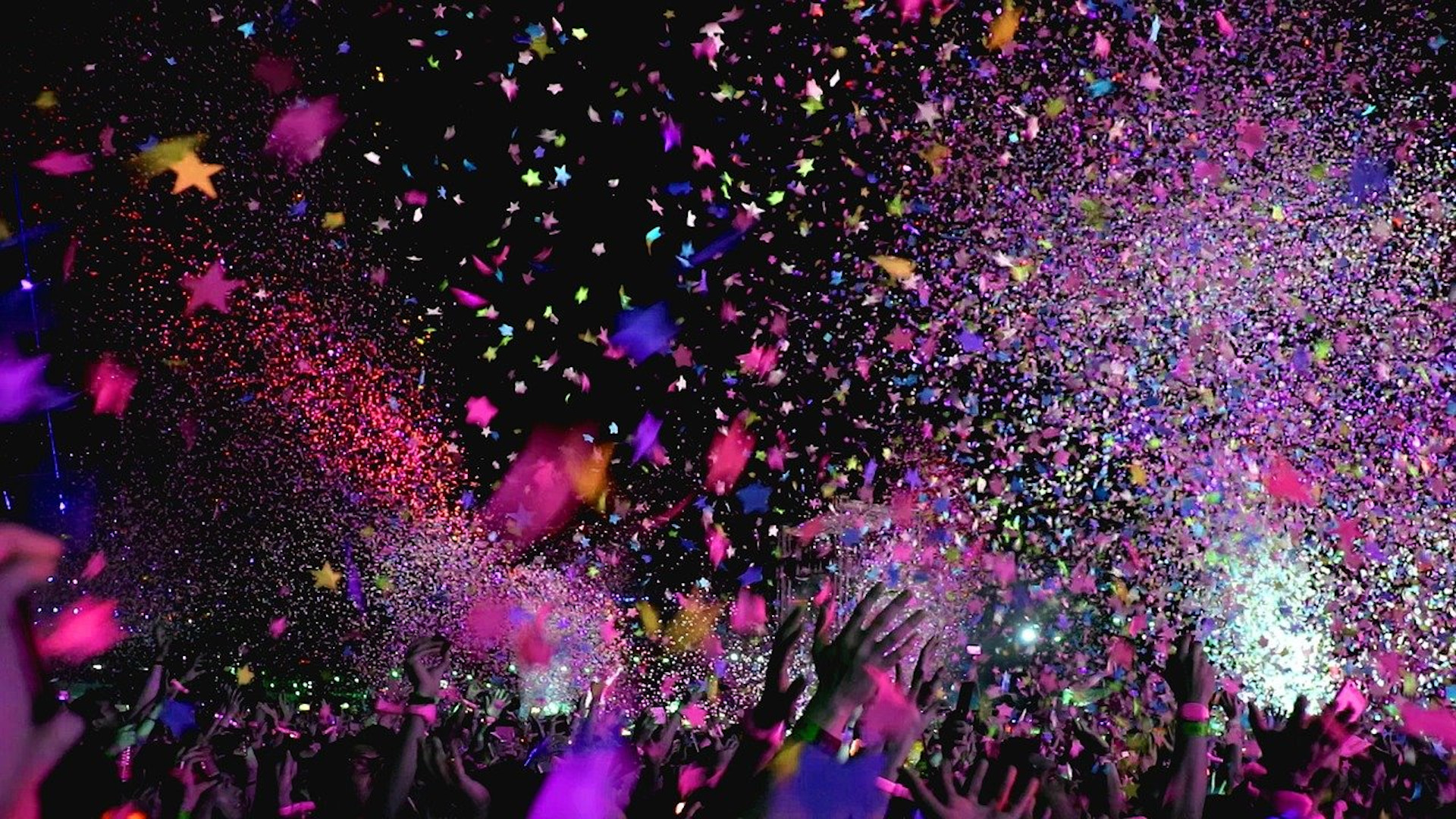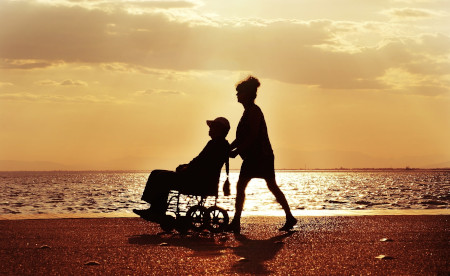
Disability Pride Month: What Is It and Why Is It Important?
July celebrates Disability Pride Month! A month to support and raise awareness on disability. It gives people with disabilities an opportunity to be seen and heard. Obviously, everybody has their own experiences but this type of celebration enables them to have a sense of community and to assert their rightful place in society.
Inclusion isn’t something trendy to please millennials but is meant to stay! Thanks to initiatives like Disability Pride Month, people with disabilities can gain more visibility and be more included in society.
Let’s see what it entails exactly and why it’s so important!
What is Disability Pride Month?
It all started when the Americans with Disabilities Act (ADA) passed in 1990 under George H.W Bush’s presidency. Its goal is to prevent discrimination based on disability. Thanks to this law, accessibility barriers are being removed at public venues such as museums or shopping malls and also public transportation like subways or airports. The law even requires web accessibility. Plus it also advocates employment for people with disabilities.
Riding the wave of enhancing visibility for people with disabilities, the city of Boston held the first Disability Pride Day in 1990. A lot of cities followed their lead like San Francisco, Los Angeles, San Antonio and New York City but the event wasn’t nationally recognized.
We had to wait for New York City Mayor Bill de Blasio to establish July as Disability Pride Month in 2015. The year marked the ADA’s 25th anniversary so it was the perfect way to honor it! “By designating July as Disability Pride Month, we are celebrating and commending the fierce advocacy of those who have fought for equal rights for decades and reaffirming our strong commitment to making New York City the most accessible city in the world”, said Mayor de Blasio.
Advocating for disability rights is an everyday battle but having a whole month dedicated to them is in itself a victory. The event fosters accessibility and inclusion! After all, there are 1 billion people with disabilities in the world. But everybody’s concerned: we are all getting older and may face reduced mobility or disease generating incapacities in the future. And most of all, as human beings living in this world and cohabitating, shouldn’t we be more comprehensive and empathetic towards the issues some (a lot) of us may face?
Disability Pride Month consists in various activities: parades in a few cities, educational and artistic events and smaller community celebrations. But it takes on its full meaning when it starts a conversation through countless articles on the events, testimonies of disability rights activists and people with disabilities on social media with #DisabilityPrideMonth. That’s what truly matters!
Why is it important to talk about disability?
The Disability Pride Month is spreading on all social media platforms. Meaning that people with disabilities take charge and start a conversation on their disabilities and their everyday lives issues. And what’s better than a person having a disability to explain what it entails, how they’ve accepted it and own it? People with disabilities may feel rejected or ashamed not to be able as others. By making their voices heard, they embrace their disabilities as a positive force. The National Council on Independent Living even designed a Disability Pride Toolkit and Resource Guide.
Such visibility during a whole month creates bridges among all communities: people from all walks of life and different profiles can share their own experiences. This enables to raise disability awareness: people who aren’t directly concerned by disability but who would like to know more. Plus at some point, we all can encounter a person with disabilities at work or in the streets. It can be very helpful to know the issues they face!
Shedding some light on disability with such an initiative enables to enforce positive takes on people with disabilities: they adapt, they persevere, they show optimism, they’re resourceful, resilient…
How can you be involved?
Maybe at some point, you’ve said “there are no people with disabilities living in my city” to which we’d tell you: “look again”. Did you know that 80% of disabilities are invisible? This concerns hearing impaired people, people on the autism spectrum, people with chronic diseases generating incapacities like Crohn’s disease, people with PTSD… This means you’ve probably already encountered a person with a disability without necessarily being aware of it. It’s normal to feel uncomfortable and awkward as you may not know how to behave around them. But the most important thing to know is that you just have to treat people with disabilities as equals. We’ve come up with 7 Tips to Welcome a Person with Disabilities that work every time!
Next time you meet someone with a disability, just say hi and talk to them. Just be yourself and take the time to know them as individuals. You’ll see that you’ll gradually remove stigmas you may have first had on people with disabilities. Starting a conversation is simple but this can make a difference.
And if you want to do more, you can always look up and get more information on disability whether by reading on the subject or by checking out disabled activists and community leaders. It takes all of us to create an accessible and inclusive world!
We hope that this article on Disability Pride Month will help you start a conversation! Whether with your friends and relatives, your employees or your neighbors! And not only in July. Removing accessibility barriers is an everyday mission!
Published on July 30th, 2021
media

Such visibility during a whole month creates bridges among all communities […] This enables to raise disability awareness.
writer

Carole Martinez
Content Manager
stay updated
Get the latest news about accessibility and the Smart City.
other articles for you

Open Data Is Key to Fostering Universal Accessibility
Open data represents an opportunity for cities to reach universal accessibility. It shows the missing links of the mobility chain.
Our Audio Beacons Guide the Blind and Visually Impaired at the Helsinki Subway
The Helsinky subway improved their audio signage system by installing on demand and remotely activated audio beacons.
7 Good Reasons to Install Audio Beacons at Your Public Transport Network
Audio beacons are an efficient way to provide more autonomy to blind and visually impaired people. They can easily use public transport.

Will Remote Activation Become the Norm for Accessible Pedestrian Signals?
More and more cities like New York have been exploring remote activation to trigger accessible pedestrian signals.
share our article!
more articles

Disability Statistics in the US: Looking Beyond Figures for an Accessible and Inclusive Society
Disability Statistics in the US: Looking Beyond Figures for an Accessible and Inclusive Society Around 61 million adults in the United States live with a disability. Diving into disability statistics in the US will help us know exactly who is concerned and what...
Our Audio Beacons Guide the Blind and Visually Impaired at the Helsinki Subway
Our Audio Beacons Guide the Blind and Visually Impaired at the Helsinki SubwayOur audio beacons equip the new line of the Helsinki subway in Finland. They help blind and visually impaired people locate the points of interest of a station. For users with visual...

At What Intersections Should You Install Accessible Pedestrian Signals?
At What Intersections Should You Install Accessible Pedestrian Signals? When you install accessible pedestrian signals, you first need to ask yourself where exactly they are needed. Are there any intersections blind and visually impaired pedestrians particularly...

Hearing Impaired People: a Multitude of Profiles for Different Needs
Hearing Impaired People: a Multitude of Profiles for Different Needs Did you know that hearing impaired people have several profiles and that the way they identify themselves is important? You may be familiar with deaf and hard of hearing people but for each of...
NEVER miss the latest news about the Smart City.
Sign up now for our newsletter.
Unsubscribe in one click. The information collected is confidential and kept safe.
powered by okeenea
The French leading company
on the accessibility market.
For more than 25 years, we have been developing architectural access solutions for buildings and streets. Everyday, we rethink today’s cities to transform them in smart cities accessible to everyone.
By creating solutions ever more tailored to the needs of people with disabilities, we push the limits, constantly improve the urban life and make the cities more enjoyable for the growing majority.


